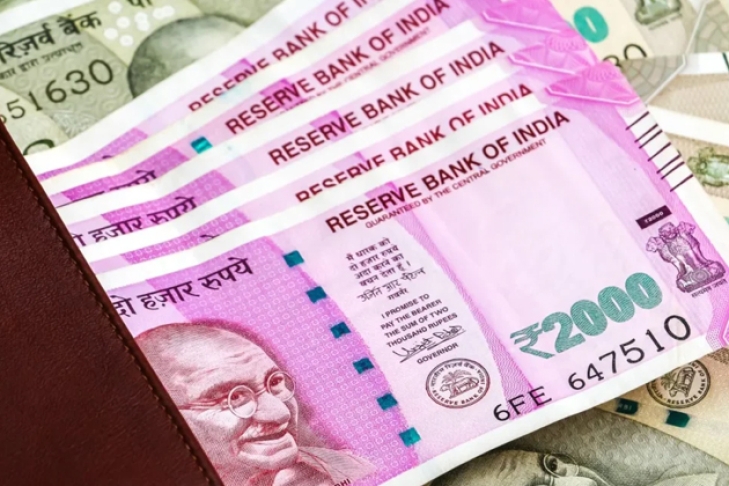As people prepare for retirement, they invest in a variety of policies. The National Pension Scheme (NPS) is viewed as a good alternative among a wide variety of pension plans currently available on the market. NPS has the potential to improve both your retirement and your emergency fund. In light of this, how can funds be withdrawn from an NPS account after the account holder's death if they have not been nominated? For this as well, there is a complete process. So, let's understand all these crucial details pertaining to the National Pension Scheme (NPS).
What is NPS?
The account holder in the National Pension System (NPS) is entitled to a pension after retirement, for which both the employer and the employee contribute. With this, you can withdraw 60% of the deposit amount upon retirement if the account user requires an emergency fund before retirement. However, 40 percent of this amount must be invested in pensions.
Important Rules of NPS
Some regulations related to the National Pension System have changed (NPS). The legal age range for investing in NPS is 18 to 70. Although previously, a 65-year-old age limit was applied to NPS investments. OCI investors who are 65 to 70 years old in India may invest in NPS.
The age limit to join the pension fund is 70 years old. The procedures for withdrawing from NPS have also gotten simpler at the same time. This states that it is now simple to withdraw a lump payment of Rs. 5 lakh or less. You must take a pension of 40% of the total. After 65 years of age, up to 50% of an allocation can be made in equity, and withdrawals made before three years are regarded as an early exit. Premature withdrawal is allowed if the amount is less than Rs 2.5 lakh and requires an annuity of 80%.
How will be the withdrawal from NPS?
In NPS, numerous withdrawal alternatives allow for partial withdrawal after three years. Additionally, the investment might be halted after ten years. In addition, withdrawal is feasible beginning at age 60.
What are the rules for withdrawal in NPS Partial withdrawal?
- Invest in NPS for a minimum of three years.
- 25% of the Subscriber's Total Contribution may be withheld.
- Three withdrawals are permitted in total during the subscription period.
What are the things for which partial withdrawal can be made from NPS?
- For children's higher education.
- For children's marriage.
- Purchasing and remodeling a home.
- To treat serious illnesses.
What are the rules for withdrawal from NPS regarding complete exit?
- Subscriber under the age of 60.
- A 20% corpus withdrawal is feasible in this circumstance.
- The remaining sum will be put into an annuity.
- If the corpus is fewer, Rs. 1 lakh.
- You may extract the entire corpus in this situation.
- You cannot reopen the account once it is closed.
What are the rules for withdrawal from NPS after retirement?
- 60% of the corpus may be withdrawn at retirement.
- 60% tax-free withdrawal; the remainder is invested in an annuity.
- The entire lump sum withdrawal is permitted if the corpus is $25,000 or less.
Amount to NPS-Nominee
- Amount to the candidate in the event of death before age 60.
- Government workers must choose an annuity plan from 80% of the money.
- The remaining sum will be paid to the government worker's nominee.
- If the sum is less than Rs. 5 lakh, 100% withdrawal is possible.
- The non-government worker nominee will receive the full amount.
How to claim withdrawal from NPS without a nominee?
- The sum will go to the legal heir if the account holder passes away before nomination.
- For the claim amount, a succession certificate is necessary.
- The state revenue agency will receive the certificate.
- The family will get the deposit following verification.
What are the documents required for the NPS death claim?
- Copy of the account holder's death certificate.
- Holder's Aadhaar card for the account.
- The nominee's or heir's Aadhaar card.
- Succession certificate.
